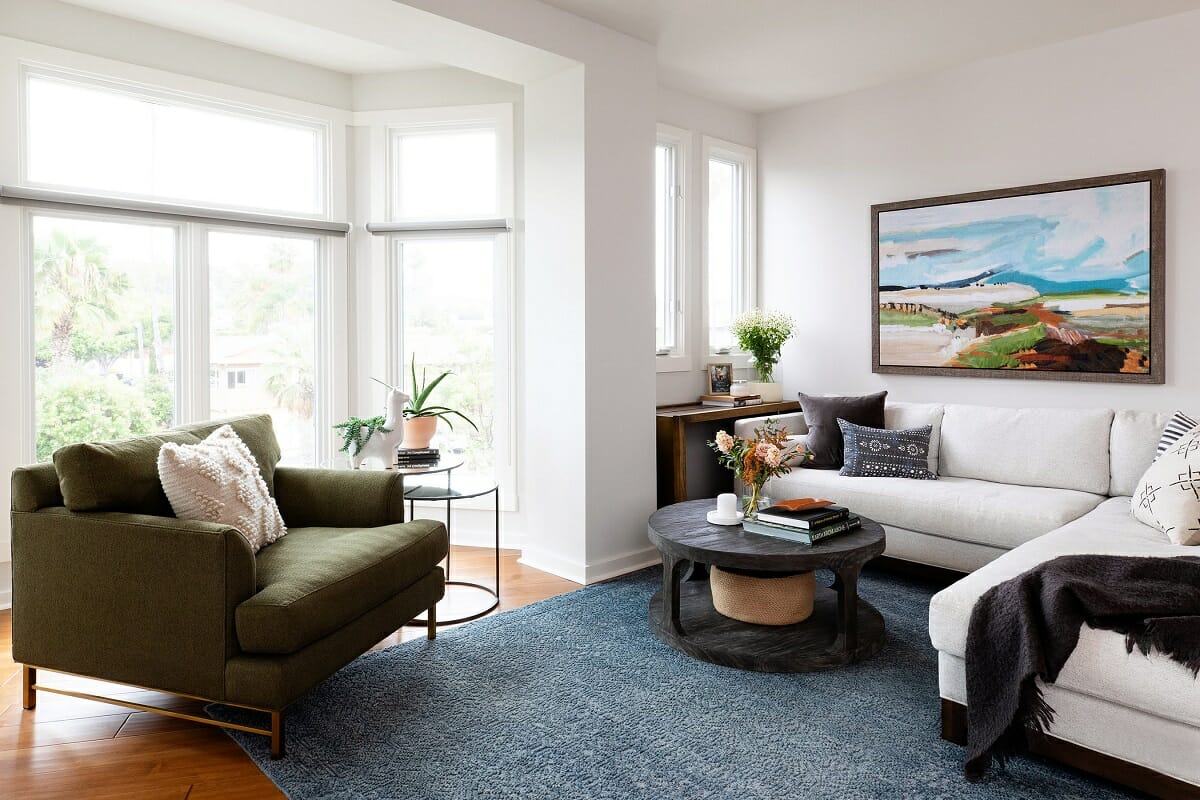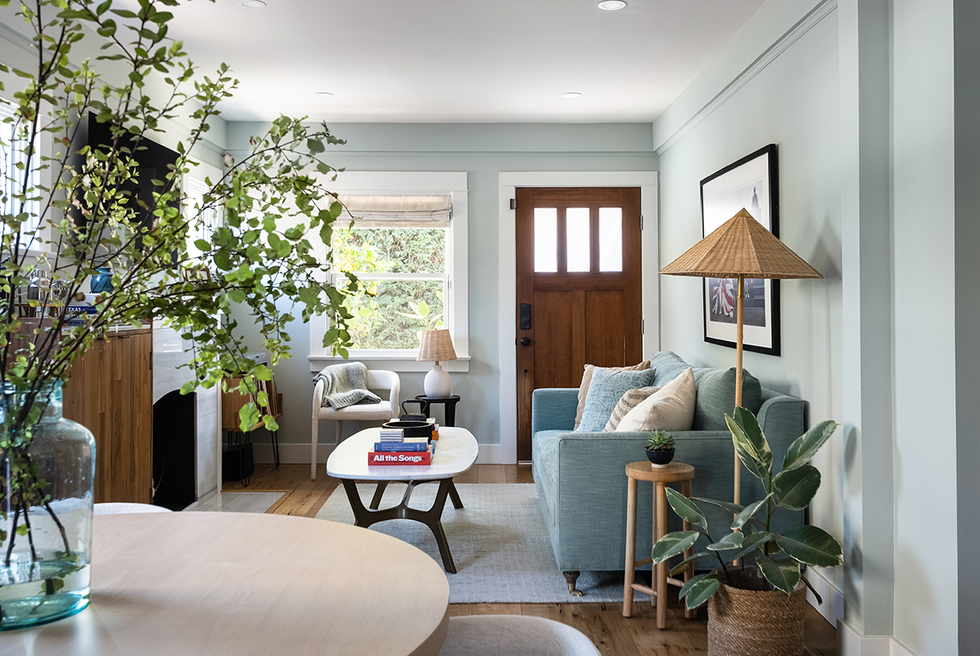How to Curate Abstract Themes in Photo Walls for Captivating Displays
The art of curating abstract themes in photo walls is an exciting venture that offers professional photographers a unique opportunity to showcase their creativity and vision. The process involves selecting, arranging, and displaying photographs in a way that tells a story or evokes a particular emotion. In this guide, we delve into the nuances of curating abstract themes specifically for photo walls, offering insights and tips tailored for professional photographers.
Creating a photo wall that captivates and engages involves more than simply hanging photos on a wall. It requires thoughtful planning, a keen eye for detail, and an understanding of how abstract themes can transform a space. Whether you are looking to create a photo wall for a gallery, a client, or your personal space, mastering the art of curation can elevate your work to new heights.

Understanding Abstract Themes
Before diving into the practical steps of curation, it's essential to understand what constitutes an abstract theme. Abstract photography often focuses on elements such as color, shape, texture, and form rather than depicting a traditional subject. These elements can be used to create a sense of mystery, provoke thought, or elicit emotion from the viewer.
When curating abstract themes, consider how these elements interact with one another and with the space they occupy. The goal is to create a cohesive visual experience that draws the viewer in and invites them to explore the nuances of each photograph.
Choosing the Right Photographs
The first step in curating an abstract photo wall is selecting the right photographs. This involves assessing your collection and identifying images that complement one another and align with your chosen theme. Consider the following when selecting photographs:
- Color Palette: Choose photos with a harmonious color palette to create a unified look. Complementary colors can also add visual interest.
- Texture and Form: Look for images that highlight interesting textures and forms, which can add depth and intrigue to your photo wall.
- Emotional Impact: Select photographs that evoke emotion or provoke thought, encouraging viewers to engage with the art.
For more insights on selecting impactful photographs, check out our blog on Editing Photos Before Painting.
Arranging Your Photo Wall
Once you've selected your photographs, the next step is to arrange them on the wall. The arrangement can significantly impact the overall aesthetic and feel of the photo wall. Here are some tips for arranging your photos:
- Balance and Symmetry: Consider the balance and symmetry of your arrangement. While asymmetrical arrangements can be dynamic, a balanced layout often creates a more harmonious look.
- Spacing: Pay attention to the spacing between photographs. Consistent spacing can create a clean and organized appearance, while varied spacing can add interest.
- Focal Point: Designate a focal point for your photo wall. This could be a particularly striking photograph or a central theme that ties the collection together.
For creative ideas on arranging photo walls, explore our post on Creating No-Frame Photo Wall Displays.
Incorporating Mixed Media
To add depth and variety to your photo wall, consider incorporating mixed media elements. This could include paintings, illustrations, or even three-dimensional objects. The juxtaposition of different media can enhance the abstract theme and create a more engaging visual experience.
When integrating mixed media, ensure that each element complements the overall theme and does not overpower the photographs. The key is to maintain a cohesive aesthetic while adding layers of interest.
Lighting and Environment
Lighting plays a crucial role in how your photo wall is perceived. Proper lighting can highlight textures, enhance colors, and create mood. Consider using spotlights or track lighting to direct attention to specific areas of the wall.
Additionally, take into account the environment in which your photo wall is displayed. The surrounding decor, wall color, and room layout can all influence the effectiveness of your photo wall. Aim to create a space where the photo wall feels integrated and harmonious with its surroundings.
For more inspiration on incorporating art into your space, visit Bedroom Wall Decor Ideas.
Maintaining and Updating Your Photo Wall
A successful photo wall is not static; it evolves over time. Regularly update your collection to keep it fresh and engaging. This could involve rotating photographs, introducing new themes, or experimenting with different arrangements.
Maintaining your photo wall also involves ensuring that the photographs remain in good condition. Use high-quality frames and materials to protect your photos from damage. Consider the impact of environmental factors such as sunlight and humidity, and take steps to mitigate their effects.
For tips on maintaining and evolving your photo wall, check out our article on Documenting the Photo-to-Painting Process.
Conclusion
Curating abstract themes in photo walls offers professional photographers a unique platform to showcase their artistic vision. By carefully selecting and arranging photographs, incorporating mixed media, and considering elements such as lighting and environment, you can create a photo wall that captivates and inspires.
Remember that a photo wall is not just a display of images; it's a narrative, an exploration of form, color, and emotion. With thoughtful curation, your photo wall can become a powerful expression of your creative journey.

FAQ
What are the key elements of a successful abstract photo wall?
A successful abstract photo wall incorporates elements such as a cohesive color palette, interesting textures and forms, and photographs that evoke emotion. The arrangement should be balanced, with a clear focal point and consistent spacing.
How often should I update my photo wall?
Updating your photo wall depends on your personal preference and the context in which it is displayed. Regular updates can keep the display fresh and engaging. Consider rotating photographs or introducing new themes periodically.
Can I include other forms of art in my photo wall?
Yes, incorporating mixed media elements such as paintings or three-dimensional objects can add depth and variety to your photo wall. Ensure that these elements complement the overall theme and do not overpower the photographs.

